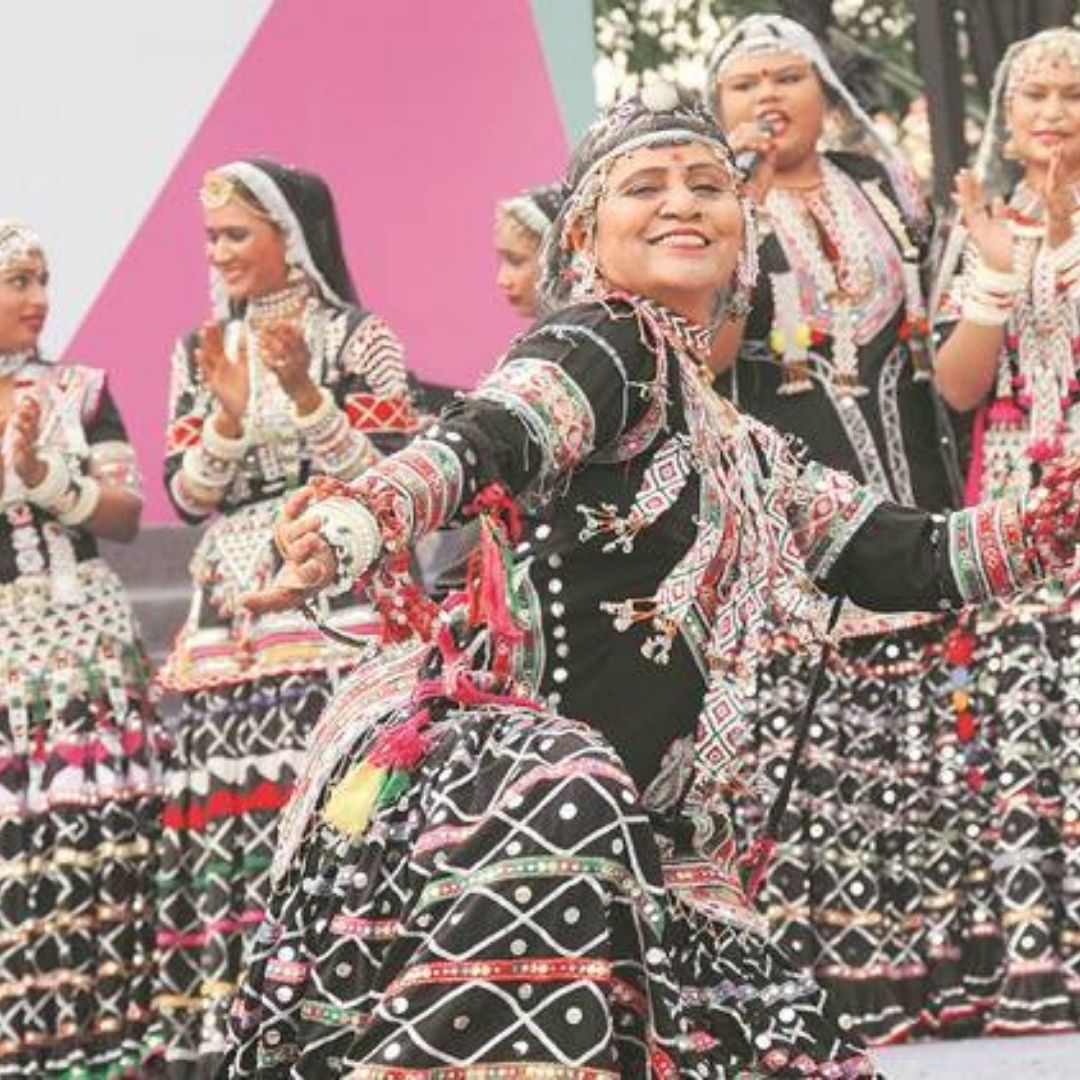
Image Credit: The Indian Express
This Snake Dancer's Journey From Being Buried At Birth To Becoming Padma Shri Was No Cakewalk
Writer: Ratika Rana
Her primary objective is to inform, promote, educate and cultivate readers through writing.
Rajasthan, 30 Sep 2021 9:49 AM GMT
Editor : Ankita Singh |
A literature lover who likes delving deeper into a wide range of societal issues and expresses her opinions about the same. Keeps looking for best-read recommendations while enjoying her coffee and tea.
Creatives : Ratika Rana
Her primary objective is to inform, promote, educate and cultivate readers through writing.
The Padma Shri snake dancer was buried right after birth because a girl child was considered a curse in her community. Years later, her achievements drove her community to stop the practice of killing newborn girls altogether.
Gulabo Sapera is a revered name amongst Kalbeliya Artists. She has given a new lease of life to the age-old tradition of the Kalbeliya tribe. However, her experience of life is a story in itself. People knew Gulabo to contort her body similar to snakes and would throw coins at her. Back in her childhood, she never thought that she would dance on stage for a living, and receiving the Padma Shri was beyond her wildest dreams.
Buried Alive By Community Elders
Gulabo was the seventh child of a 'Sapera', but her birth was no happy occasion for her community because 'girls were a lot of work'. During her birth, her father was away, and the mother was unconscious; therefore, the community elders buried the baby and told the parents that the child was stillborn.
Later at night, the mother told her aunt that she had heard a baby cry and the aunt narrated the happenings of the day. At night the mother and the aunt dug up the grave, only to find the child miraculously alive. When her father found out the newborn was initially buried, he found it unsafe to leave her back home, and he started carrying her to work in snake baskets.
Pushkar Mela, 1984 Changed Her Life
After the Pooja, he would perform at people's places and divide the milk equally amongst the snakes and his daughter. Gulabo told The Indian Express, "I grew up with snakes, playing with them. Dancing like them came naturally". Back then, it was not common for women to dance in public, but she would dance when her father played the been, just like serpents. The Pushkar Mela of 1984 changed her life when officials from the Rajasthan Tourism Department, Himmat Singh and Tripti Pandey, saw people crowding to see a young girl dance.
Gulabo reminisces that Pandey came to her like a fairy godmother she had imagined and asked her father to let her dance on stage with ghunghroos. The smoothness of the stage was better than dancing on hot sand or pebbles. She says, "When the audience applauded, I was scared. I was used to coins, not the applause. It took me a while to understand that this was appreciation".
Her community was not appreciative of her work because women could not be entertainers. By then, Gulabo had realized that this was what she wanted from her life and ended up in Jaipur with Pandey and her brother, who helped her perform and travel.
Later, Rajiv Sethi, an art curator, spotted her in Delhi and drew then-Prime Minister Rajiv Gandhi's attention. The exposure led her to perform at the Festival of India in Washington. After that, she got several offers from filmmakers as well. Former President Pranab Mukherjee honoured Gulabo Sapera for her contribution to preserving the folk-art form. After her fame, several other girls showed interest in learning the art. Now, she teaches at her residence in Jaipur and often travels for events abroad.
Also Read: About 20 RTI Activists Killed In Bihar Over Past Decade
 All section
All section














